As the days shorten and temperatures drop outside, tending our indoor jungles becomes ever more important for our winter wellbeing, but there’s a snag: this time of year can be tough on house plants.
The causes are multiple: central heating dries the air, wood burning stoves and open fires can make rooms too hot, nighttime temperatures may drop too low for some house plants, especially if they are tucked behind closed curtains, and lower light levels can cause succulents to stretch and flop.
If you’re anything like me, your collection will have ballooned over summer, with new plants being added to the ranks almost weekly. Now it’s time to move specimens that have spent the summer on the patio or balcony inside, things may be getting crowded indoors. How do you keep all those house plants happy? Here’s what to do.
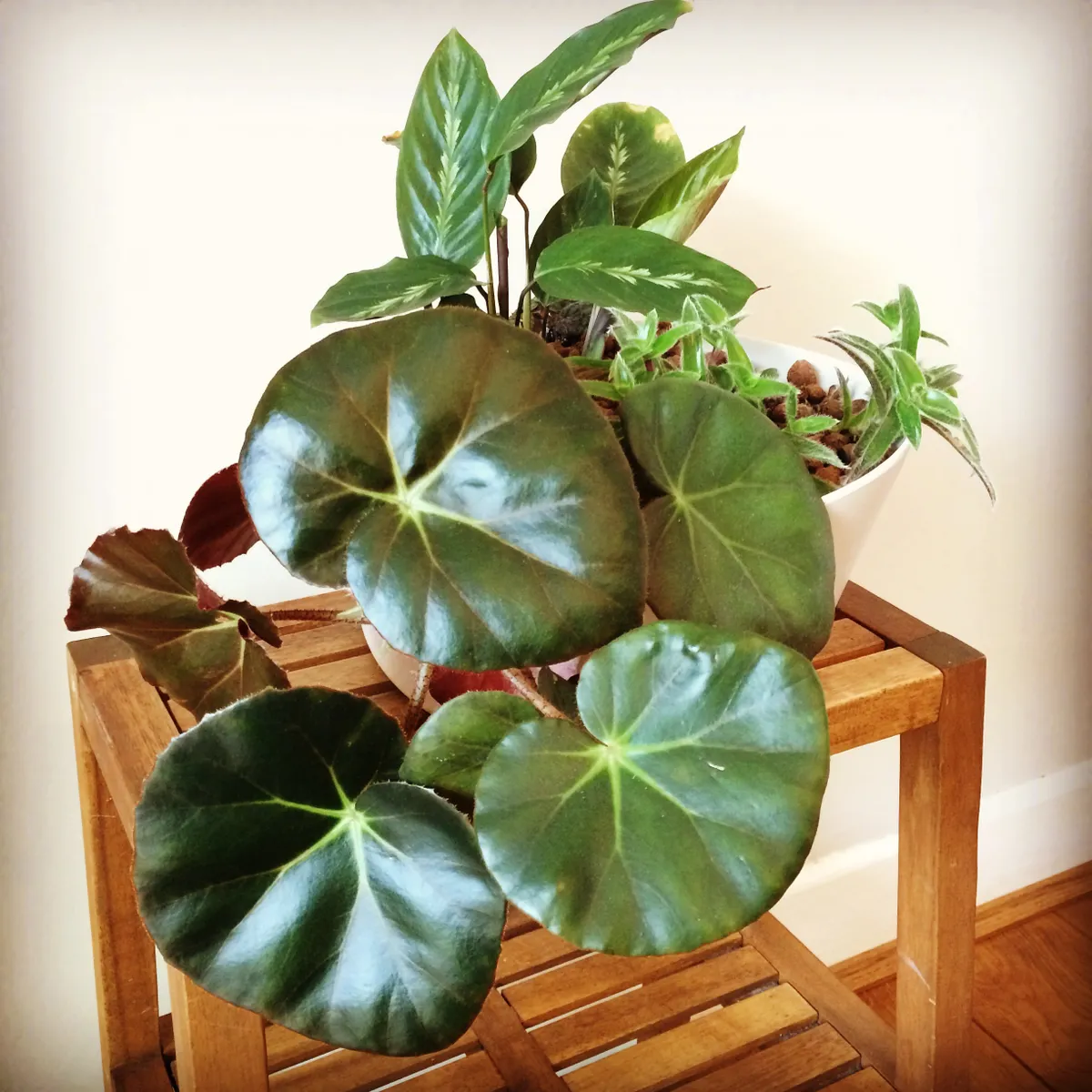
How to care for your indoor plants
Winter care for indoor plants
Watch Jane Perrone's top tips here
Boost air humidity around your indoor plants
One of the best ways you can combat the dry air that comes with central heating is by grouping house plants together to create their own more humid microclimate. Pop pots onto a tray full of wet pebbles, grit or leca (expanded clay pebbles) and the water will add moisture to the air as it evaporates. Kitchens and bathrooms can also be great locations for plants that need a humidity boost. It’s tempting to think that misting is the solution to dry aid, but this is such a temporary fix that it doesn’t really help plants, plus wetting leaves can encourage fungal conditions.
Window ledges that trap plants in a cold patch behind curtains are bad news for many tropical and subtropical species
Also take a look at potential troublespots: shelves above radiators or heating vents will mean certain death to most house plants, and window ledges that trap plants in a cold patch behind curtains are bad news for many tropical and subtropical species. If you have succulents and cacti, the regime they need over winter is rather different: these will benefit from a cool room with bright light, so if you have an unheated spare room or south-facing porch, move them there.
Let in the light
Moving house plants closer to windows in winter will help to maximise their available light, as will removing net curtains and making sure curtains and blinds are fully open as soon as the sun comes up. LED growlights are now widely available and offer a way of boosting light levels over winter: set them up on a timer to come on for around 12 hours a day to save yourself the hassle of switching them on and off. (Opt for bulbs marked ‘full spectrum’ if you want to avoid that pinky-purple glow which neighbours may confuse for a cannabis-growing side hustle.) Most house plants will need to be positioned around 30cm away from the light source: seedlings and succulents can be placed a little closer.
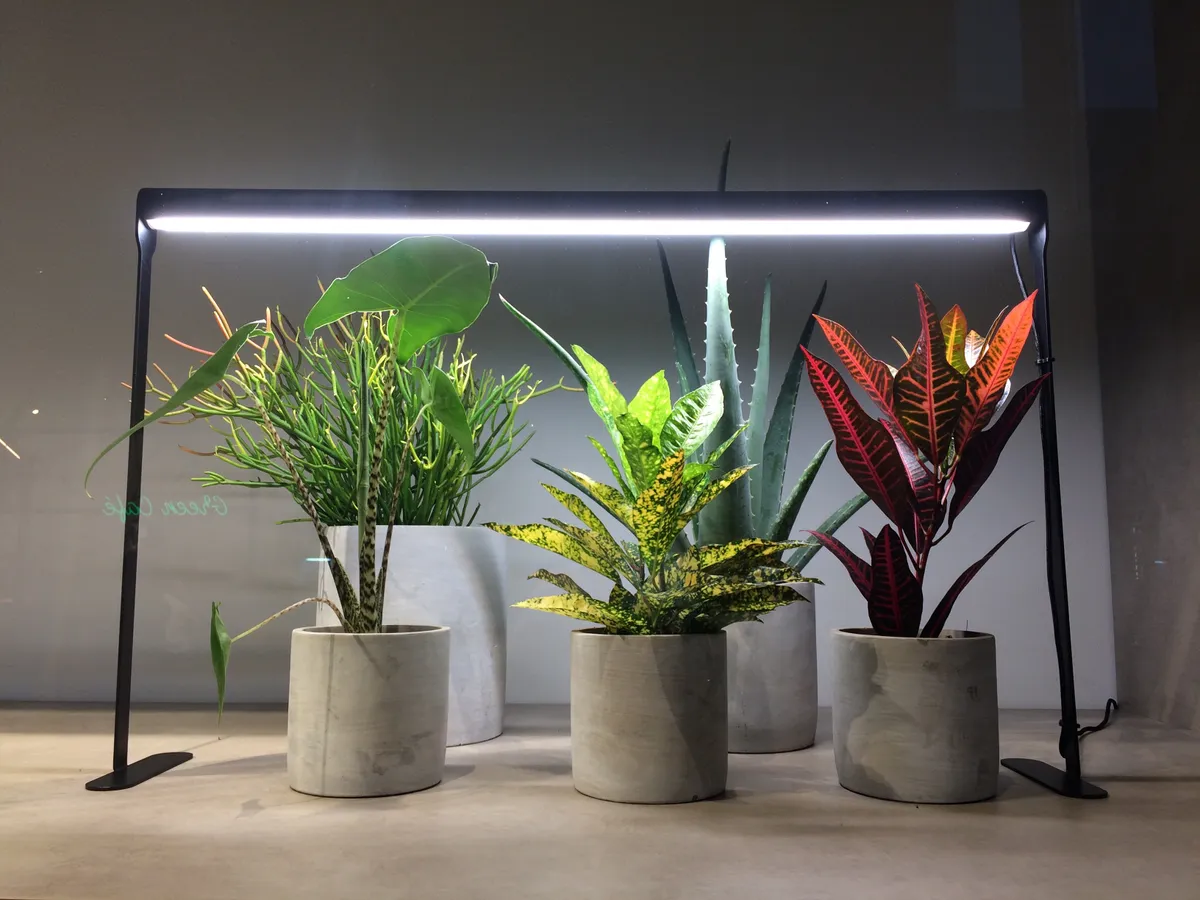
Ration the water
Most house plants will slow growth a little over winter: some will go completely dormant. As a result, they’ll need less in terms of water and nutrients. Waterlogged roots are a major cause of plant death, especially for cacti and succulents. If your cacti and succulents are at regular room temperature, they will need watering during the colder months, but only when the potting mix is almost completely dry: in unheated rooms, they may not need any water at all.
Tropical foliage plants, ferns and the like can be watered only once the soil feels almost dry at the root level (use a moisture meter, or just stick your finger into the rootball and see how much compost clings to it). Make sure you drain away any excess water that gathers in saucers and cachepots, and allow water to reach room temperature before applying to the soil, so that house plants don’t get an icy drenching.
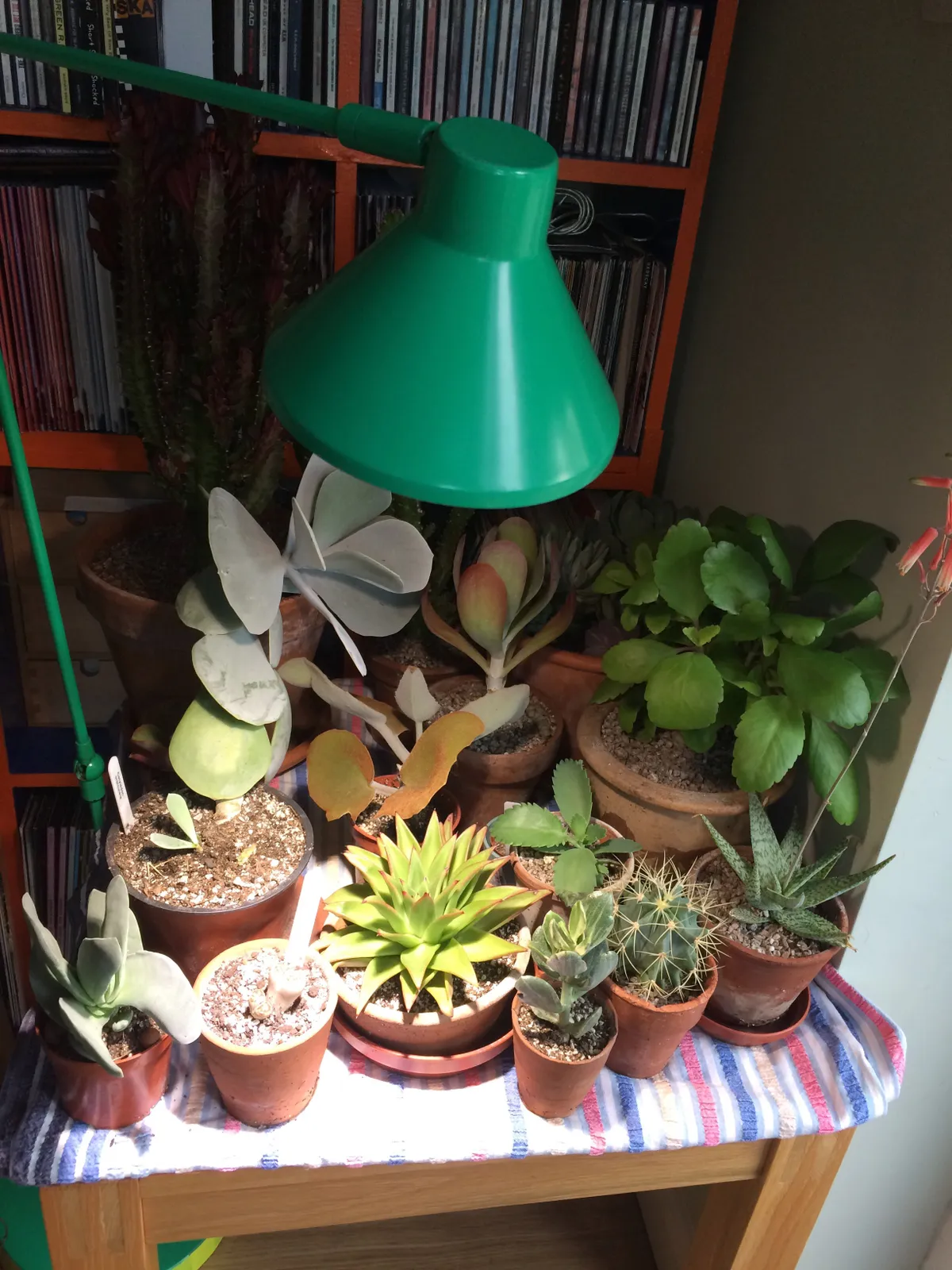
Pest patrol
Winter can cause house plants stress, and stressed plants are much more prone to attacks from pests. Plus, if your leafy charges have enjoyed a summer holiday outside, they may have come back inside with some hitchhikers on board. Examine the bottom of pots for lurking slugs, and check leaves carefully for aphids and spider mites, concentrating on the undersides of leaves and any new growth. A hand lens is a great investment too; highly useful for spotting spider mites which are too small to be seen with the naked eye. The sooner you spot infestations before they take hold, the easier they are to deal with. Invest in a bottle of SB Plant Invigorator as a pesticide: it's safe for use around children and pets and can be sprayed regularly to deal with spider mites, aphids, thrips and so on. Wiping leaves regularly with a damp cloth is good house plant practice whether you have a pest issue or not, as it helps keep stomata (the leaves’ breathing holes) clear of dust and other debris. This may feel like a chore, but treat it as a mindfulness exercise and it may even help you pass the winter in a house plant-induced state of bliss.
Jane Perrone is crowdfunding Legends of the Leaf, a book about houseplants, at legends-of-the-leaf
Indoor houseplant care throughout the year
Fortunately, Richard Cheshire, Patch Plants' very own Plant Doctor has some simple guidelines to keep us all on the right track, and your plants on their way to a blooming spring.
Watch for waterlogged and mouldy soil
“Overwatering is one of the most common causes of mouldy plant soil in houseplants,” explains Richard. “We often think that more water equals a happier plant, but houseplants need air as well as water. Waterlogging the soil drowns the roots, and it could end up killing your plant.”
Is my houseplant overwatered?
There are four tell-tale signs that you've been overwatering your houseplants:
- Wet soil. The soil around your plant should not be wet, and leave your finger wet when you touch it. Instead go for ‘lightly moist’ for most plants.
- Yellow or falling leaves. When your plants are too full of water, their leaves will turn yellow and might even drop off.
- Mushy growth. Some plants, like aloe vera or other succulents, will turn from their familiar, firm selves into a squishier, slimier form when overwatered. Give them a light squeeze to check.
- A musty smell. If you sniff the soil and it has a new, unpleasant damp smell then you’re most likely overwatering.
How to avoid overwatering your houseplants
Do the finger dip test
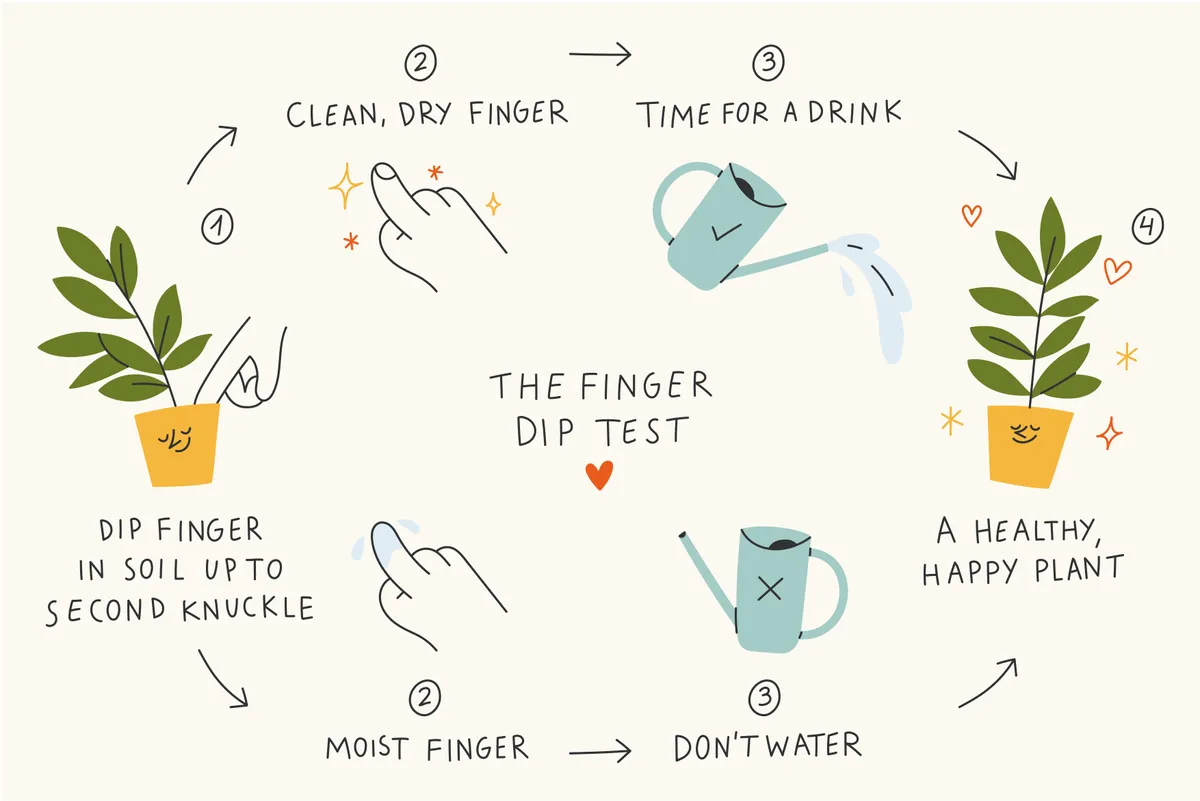
A quick common sense check with a finger can tell you all you need to know. Instead of watering when you think your plant needs watering, through winter, get into the habit of checking first before you reach for your watering can. Simply dip your finger up to your second knuckle into the soil. Pull it out and if your finger comes out dry and clean, then it’s time to water. Ideally, only water your plants when the top two inches of soil feel dry. And for cacti and succulents, it is best to water only when the soil is fully dry.
Avoid repotting directly in decorative pots
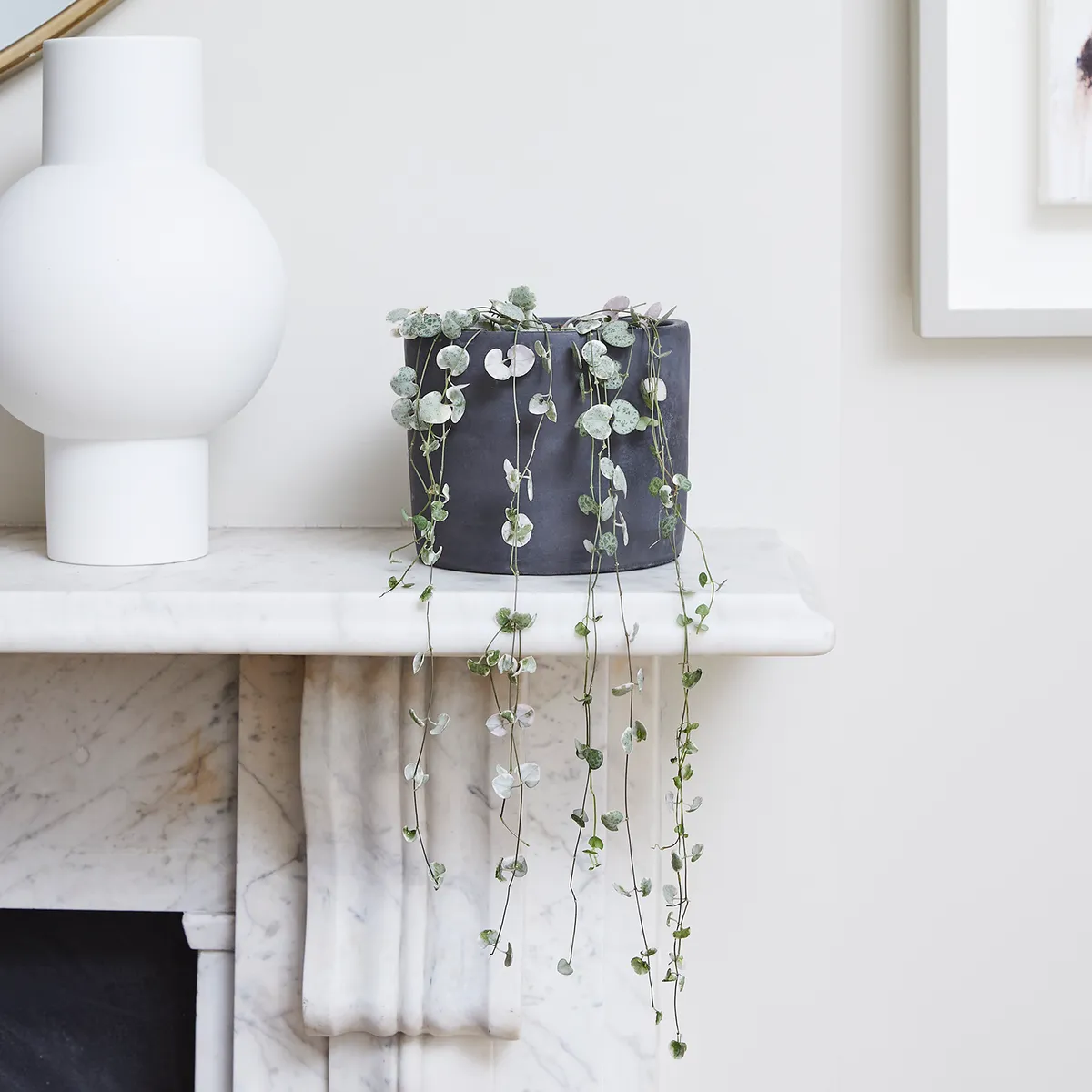
We all have our favourite decorative pots but they may not be really suitable for potting and growing plants. Often decorative pots – with a multitude of uses – do not have proper drainage holes at the bottom, making the plant more prone to overwatering and excess water has nowhere to escape.
Unless you're confident with your ability to correctly assess the moisture of the soil around your plants, always place your plant in a pot with drainage holes at the bottom.
You can always hide this functional pot inside a more decorative larger pot, or pot cover.
Make sure that excess water can drain off
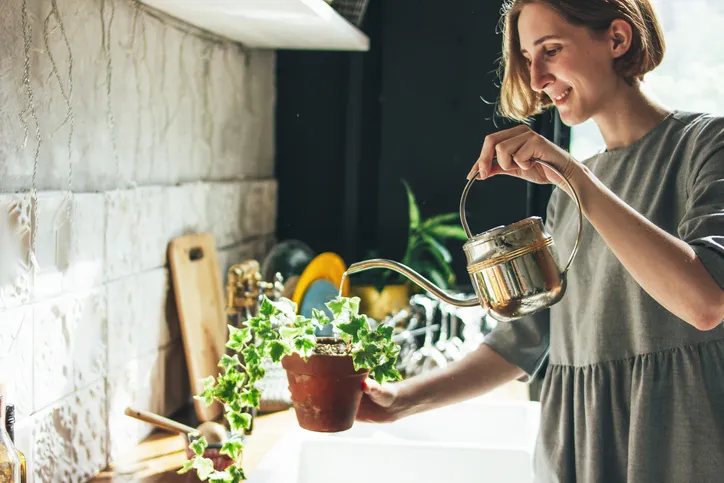
Place your plants in a pot with with a saucer below to catch the excess water coming from its drainage holes. Alternatively, if you are using a pot without a drainage hole, water your plant in a sink or bathtub and let the excess drain off before putting it back in its decorative pot without a drainage hole.
Help air circulation at the roots
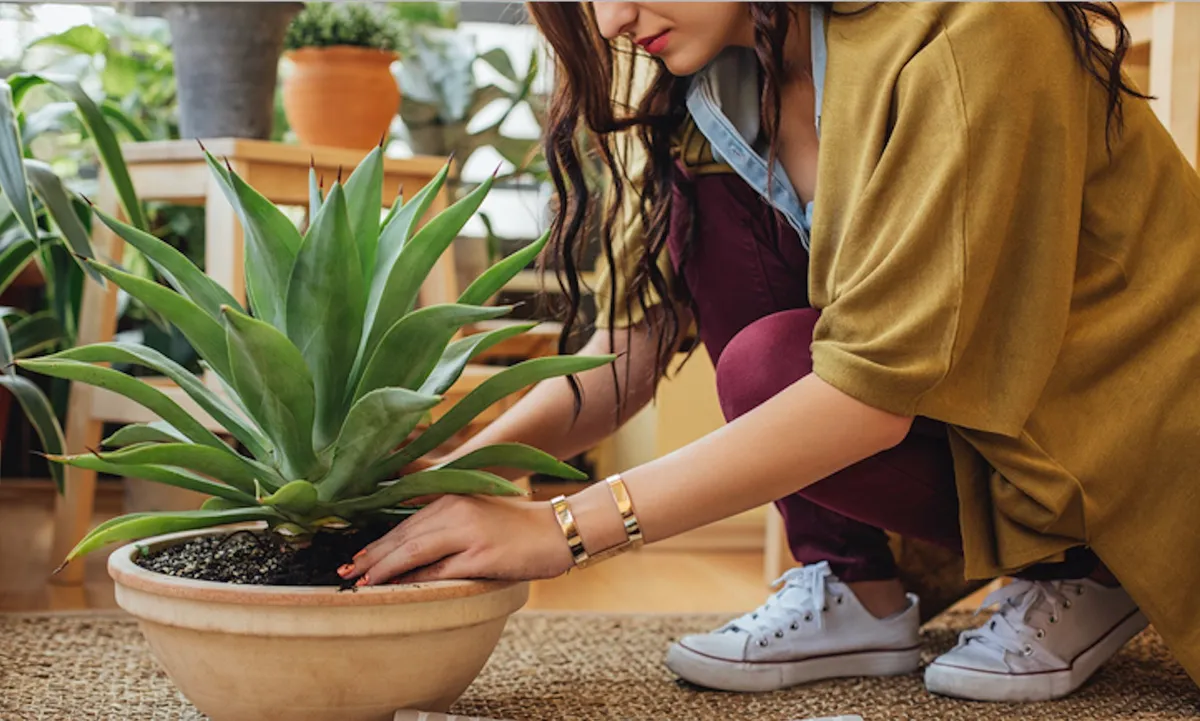
Simply poke holes in the soil with a finger, pencil or a long stick (depending on the size of pot and plant) which will help air circulate, but be careful not to damage the roots. Air circulation prevents roots from rotting and promotes good growth.
Use a moisture meter

If you don’t trust your finger and your judgement then let science do the calculating for you. A moisture meter will accurately monitor the amount of water in the soil and – if you’re forgetful as to when you last watered – they’re a perfect reminder to re-water. Naturally, meters available range from the inexpensive – which change colour when the soil is too wet or dry – to fancier ones with digital displays.
Use a water dispenser

These days they’ve thought of everything. Water dispensers deliver water right to where it’s needed – the root – meaning that your plant doesn’t sit overwhelmed in soggy soil. Just fill the bulbs of your chosen slow release water dispenser with water and let your plant drink what it needs.
Just be sure to refill it once you see that it’s empty.
How to bring an over watered plant back to life
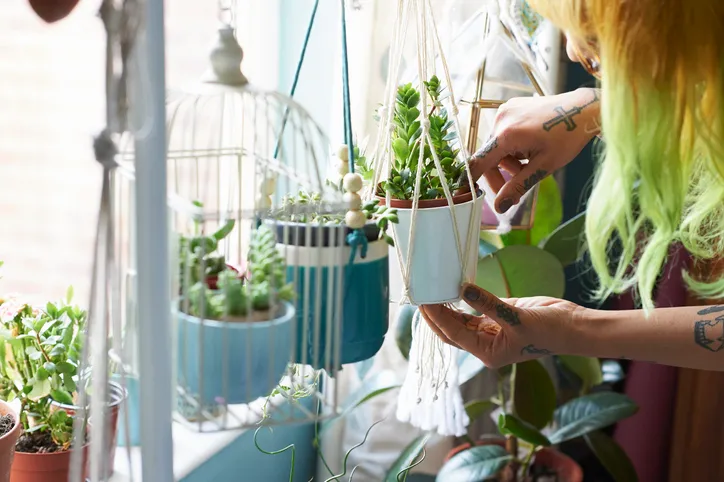
There’s good news. Provided the damage isn’t too great you can bring your plant back to its former glory simply by letting it dry out a little. It might seem a little harsh but simply stop watering until the soil is dry.
If you’re really worried you could try repotting the plant in fresh, new, dry potting compost. Break away and leave behind any wet, unpleasant smelling old materials and place your wet plant into its new dry cosy bed.
And then – of course – recommence watering, but sticking strictly to the advice above. Good luck!

